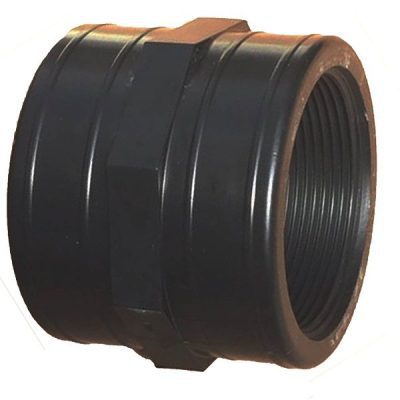Bearded Dragon Guide- Is a Bearded Dragon right for you?
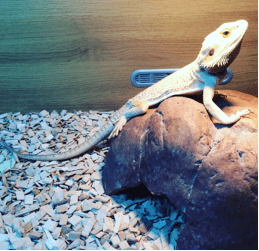
Bearded Dragon- Are you thinking of adding a new member to the family, a Bearded Dragon perhaps? It is important for both you and your Bearded Dragon to feel comfortable with each other’s presence. They are great pets for children and adults as they are a lot easier to handle than other lizards.
Did you know?
…Bearded Dragons can grow up to 60cm in optimum size ensuring they are cared for? Males are predominantly larger in size than females, therefore, it may be worth considering what gender you would like as a pet. Beardies are active during the day (diurnal) and can live up to 10 years.
How to handle your Bearded Dragon?
Handling your Beardie correctly makes them more susceptible to forming a bond, which is beneficial for both you and your Bearded friend. When forming contact, gently scoop your Beardie into the palm of your hands to support their body, legs and tail. Bearded Dragons cannot regrow lost tails or limbs so make sure you pick them up correctly. Baby dragons are delicate so do ensure children are supervised at all times. It is essential you remain calm within their presence and do not show hesitation as this can cause your Bearded Dragon to become frightened or timid. Remember to thoroughly wash your hands after handling your Bearded Dragons as, like all lizards, they may have Salmonella bacteria on their skin.
Where should your Bearded Dragon live?
Bearded Dragons originate from the hot deserts of central Australia. Like most reptiles, Beardies are housed in an enclosed glass door cage known as a vivarium. These dragon desert lizards must be kept warm, so ensure they have an ultraviolet spotlight to bask under. A UV light allows your dragon to absorb calcium which can prevent abnormalities. The heat sourced area is recommended at 35c. The other side of the enclosure should be kept cool and be at least 20c to 25c. Other heat sources include; ceramic heater, heat mats or heat pack body warmers. Accessorise your Bearded Dragon’s home with natural looking rock hideaways so they can go into to hiding to cool off.
What should your Bearded Dragon eat?
Bearded Dragons are omnivores meaning they consume both plants and living creatures. Young Beardies thrive on a diet containing plenty of protein and should be fed live insects two to three times a day. Older dragons should be fed live foods twice per week to decrease the risk of obesity and should be fed plenty of vegetables such as celery, kale and carrots. Anything that is leafy green and healthy will be sufficient.
Your Beardie will sure enjoy: (live-foods available in store)
Crickets
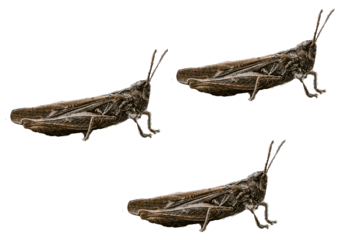
Locusts
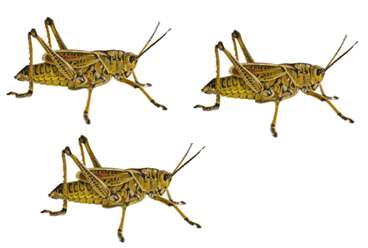
Cockroaches
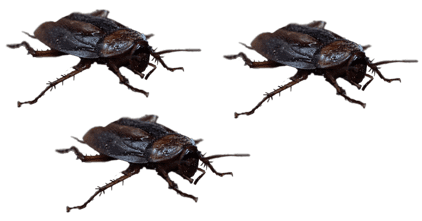
Ensure live foods are dusted with a vitamin and mineral powder by placing then shaking the insects in a sealed container before serving to your Beardie. Never feed your Bearded Dragon insects you have found within your property or outside as those insects may be parasites which can cause health problems for your Bearded Dragon!








